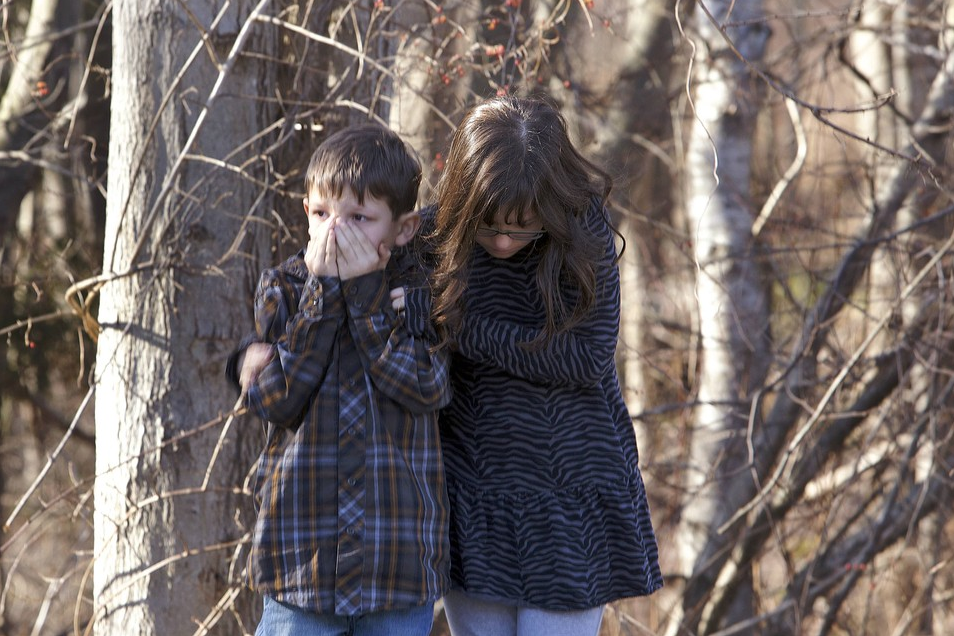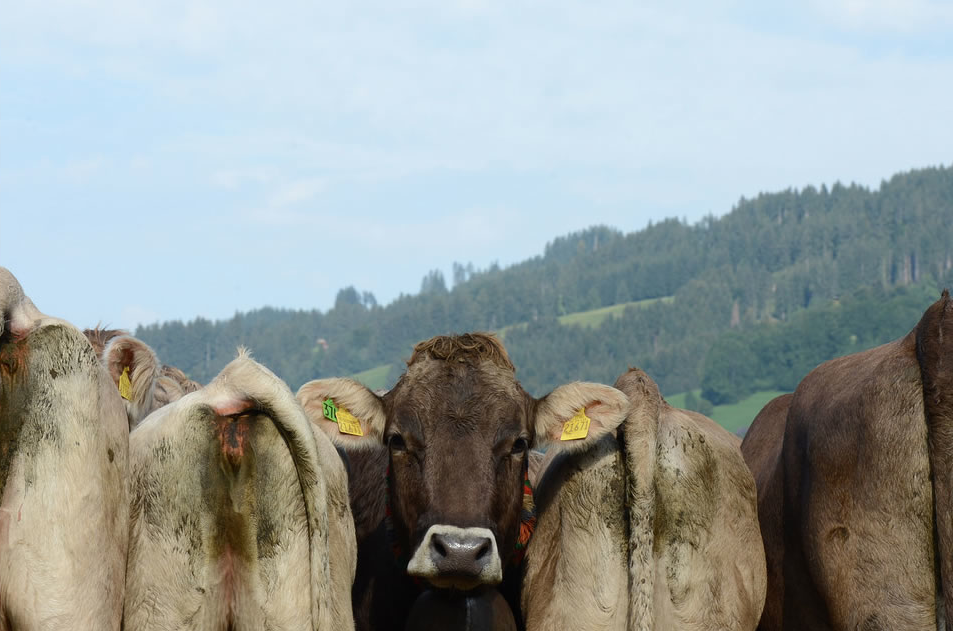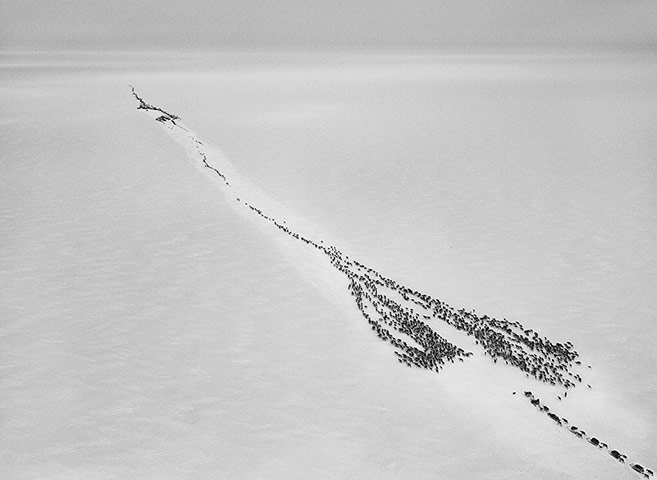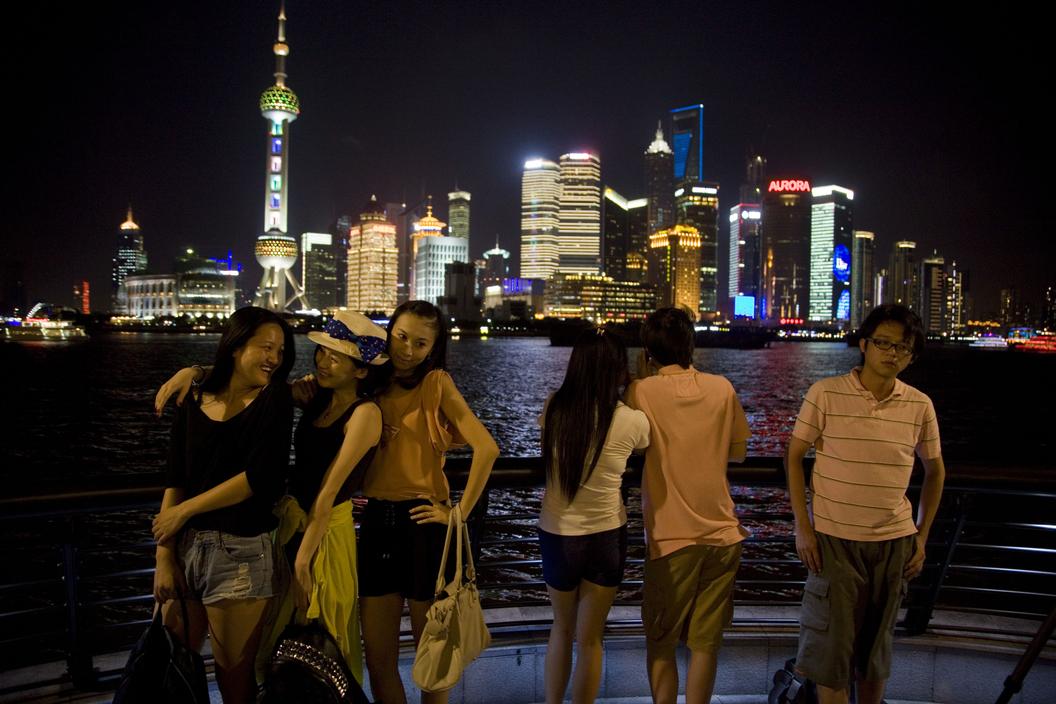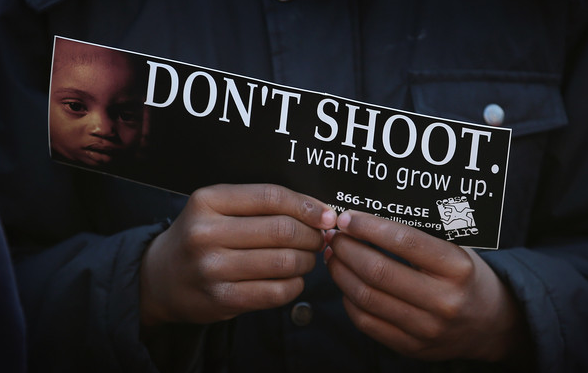The tragedy that betook Newton, Ct. this past Friday leaves one searching for words, but there has been no shortage of photographs. My initial impulse is to see that as one more piece of evidence to support the general claim that we make here at NCN that photography is a technology that provides access to a world of affect and understanding that is not easily or efficiently represented by words—or by words alone. But careful review of the archive of images being published gives some pause for concern, as many (if not most) of the photographs we are seeing have an increasingly generic quality to them that makes them seem rather like visual commonplaces. As Michael Shaw and Alan Chin noted at the Bag, clichés emerge when something is repeated over and again to the point that the thing represented is something of a taken-for-granted assumption that loses the power of presence it once animated. Look at the full archive of images from Newton, CT. without captions or historical context and it would be easy enough to imagine that we are looking at a scene in Columbine or Blacksburg or Aurora or Oak Creek, and the list goes on. In some measure the visual record has fallen prey to the success of its production and circulation, a mode of artistry that has succumbed to its own conventionality. In a sense, just as we find ourselves searching for the right words we are left searching for photographs that invite us to understand and empathize without reducing everything to a cardboard cliché.
But even as I write that last sentence I must give pause once again, for there is at least one image from Newtown that invites reflection and consideration. It is a photograph of a young boy and girl standing together in a wooded area presumably looking towards the Sandy Hook Elementary School. The boy’s hands cover his mouth and nose, but not his eyes, which seem transfixed on the chaos and carnage that is before him. He is clearly horrified, but he cannot look away. The young girl has her arms around the boy, making human contact that no doubt comforts both of them, but she intentionally looks away from the scene before her, fixing her eyes on the ground at her feet. And therein lies the conundrum of the regular and oft repeated mass killings we have been experiencing in recent times—we either gaze in horror or we look away. But in either case we fail to act. Like these children we huddle together in search of collective comfort, passively quiescent in the presence of a spectacle that leaves us more or less speechless and incapable of seeing what is clearly before our eyes.
And so that brings me to the question posed by the title for this post: The missing photograph. As I read the newspapers this morning and listened to the talk shows I was dismayed to hear everyone focusing their primary attention on what motivated the actions of the gunmen. Did he have Asperger’s Syndrome or had he been mistreated as a child? Can we do more as a society to diagnose and treat mental health issues? And so on. These are important questions, to be sure, and there is no doubt that we need to be much better at promoting mental health. But they are also secondary questions that completely miss the point of what happened in Newtown, CT. Whatever motivated the gunmen, it is impossible to imagine that he could have been nearly as destructive as he was if he did not have access to automatic weapons. It is really as simple as that. The photograph that is missing from the archive of images of this tragedy is the photograph of the automatic weapons that were used to extinguish twenty six innocent lives. Until we see that photograph, and I mean really see it as the material cause for what is happening, we will be caught perpetually in the embrace of looking in horror without speaking or looking away. And soon enough the same clichéd images will reappear, and once again we will wonder why.
Photo Credit: Michelle Mcloughlin/Reuters
